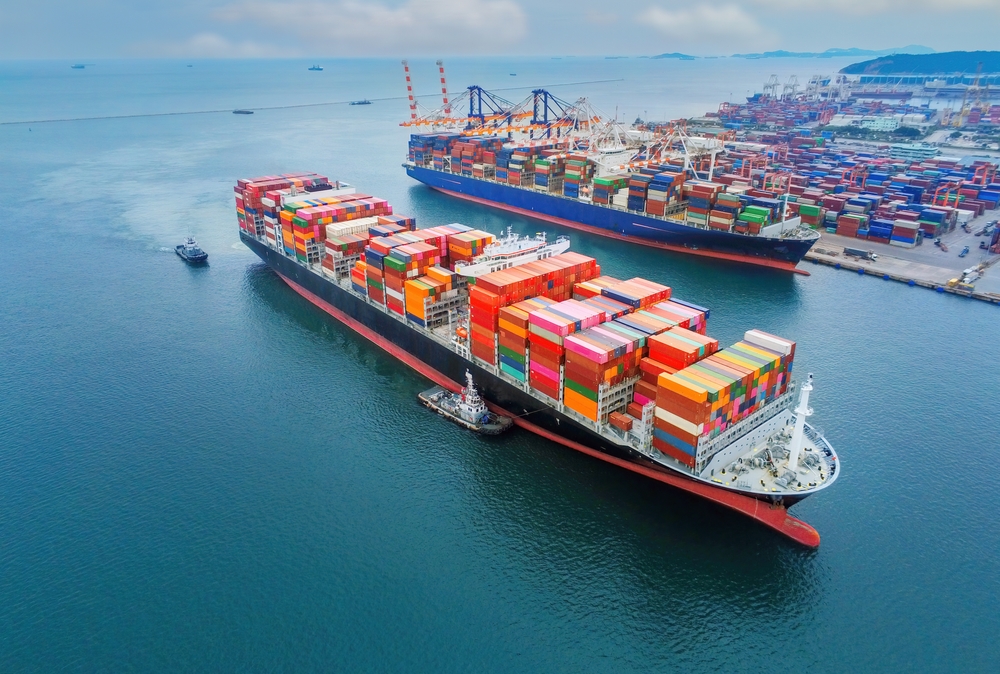DCSA: Boosting supply chain visibility with digital standards
The Digital Container Shipping Association (DCSA) explains why supply chain visibility is important to stakeholders involved in the shipment of goods.
What is supply chain visibility?
As explained by DCSA, supply chains are complex, involving many companies and many links as components and goods are moved from their points of origin to their destinations. The multiple parties involved need visibility into shipments’ whereabouts and progress. If something happens, such as poor weather or an unexpected event, and it alters the schedule, everyone involved needs to know.
They will need to act to minimise the impact of the change along the line. That means they need supply chain visibility. Without it, they lack control and are limited in what they can do to mitigate shipping disruption and its impacts. DCSA surveyed North American logistics decisionmakers in shipper organisations to gauge the importance of visibility in container shipping.
Respondents confirmed this is key to deciding which carrier they will use. Over 80% used multiple suppliers for ocean transport and 69% reported varying satisfaction levels with different shipping suppliers. In fact, over 70% of the survey’s participants said they would likely switch to a carrier that offered high schedule reliability, guaranteed arrival times and proactive communication around exceptions and better responsiveness.
Shipper organisations also said container shipping should emulate more digitally advanced industries such as airlines, banking, ecommerce and hotels, all of which provide a superior customer experience as a baseline rather than as an exception to the rule. DCSA survey of North American shippers; survey respondents comprised professionals involved in a broad range of supply chain management functions.
What are the visibility challenges in global supply chains?
How can we improve supply chain visibility in container shipping?
- To improve supply chain visibility in container shipping, stakeholders need interoperable technology solutions.
- Digitalization can speed up information exchange, but a foundation for digital information is needed to make it fully efficient and improve the customer experience. This foundation is digital standards.
- Standardization bridges the digital gap by enabling different supply chain visibility solutions to communicate with each other.
- With standardized solutions, supply chain partners avoid the need to implement multiple platforms.
- As container shipping modernizes and digitalizes, machine-to-machine data exchange in universally understood formats is essential.
- Shippers, carriers, and other stakeholders will gain visibility into the location and status of containers throughout the shipping process.





